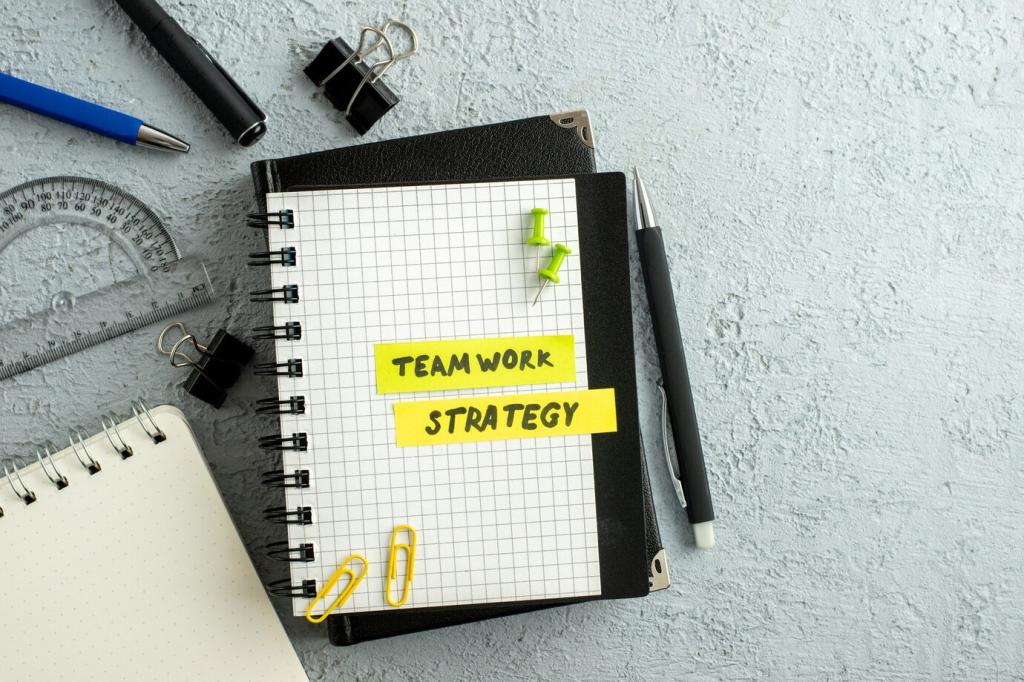Culture, Leadership, and Sustainable Pace
When teammates can surface risks without blame, problems shrink sooner. Start meetings with a quick check‑in question. Celebrate learning, not just outcomes. Comment with a phrase you’ll use to invite honest feedback.
Culture, Leadership, and Sustainable Pace
Great small‑business leaders unlock others by asking good questions: What do you need? What’s the smallest next step? How will we know it worked? Subscribe for our coaching question deck for daily practice.






